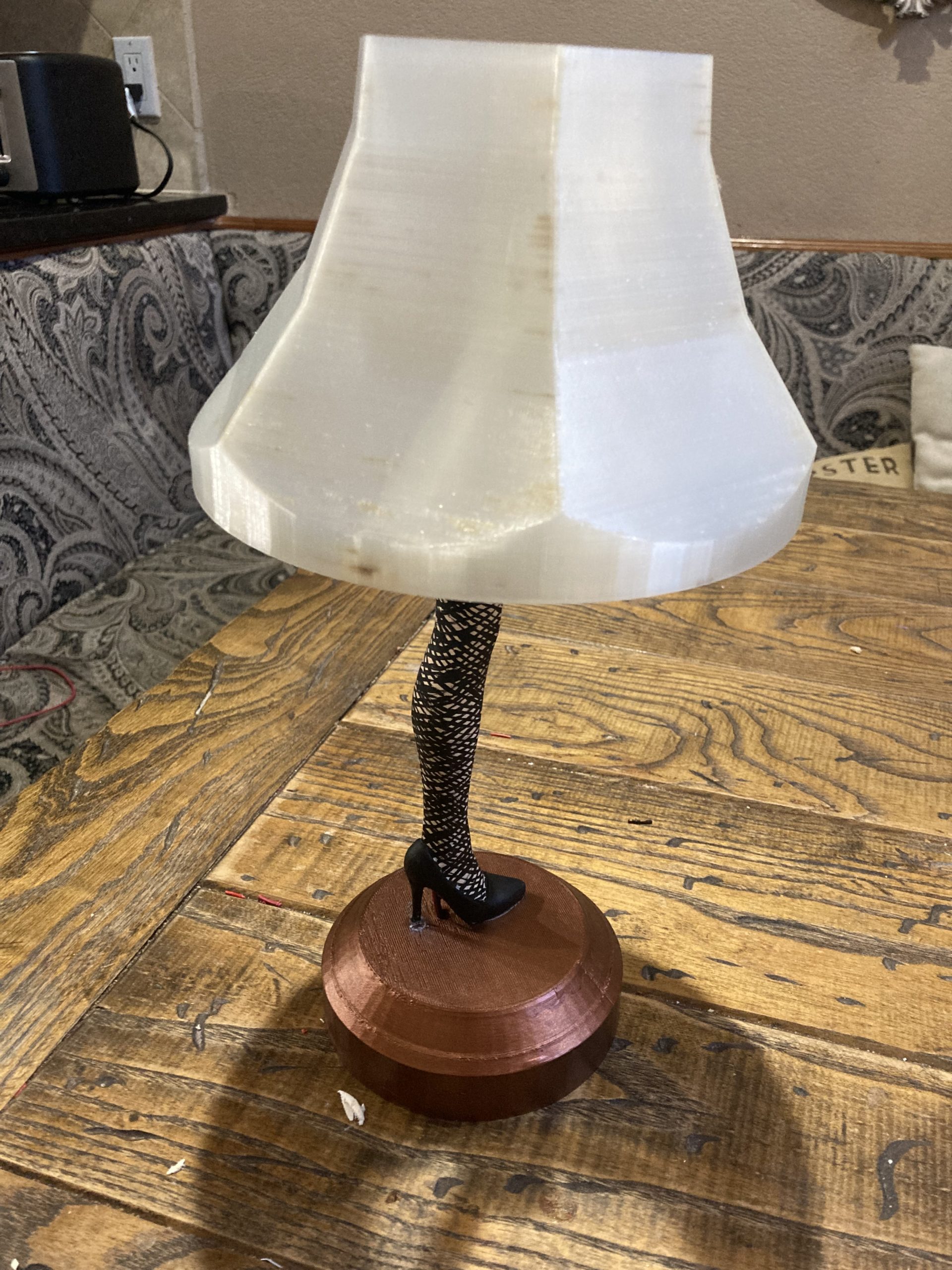A couple of days ago, I wrote about calibrating your extruder with Klipper. Today, I would like to talk about how to calibrate your extruder e-steps with Marlin firmware. Here is how I do it:
- Move printhead to center of bed and about 150mm off the bed
- Mark a spot (I use tape) on the filament about 125mm down from the bottom of the extruder
- Use calipers to measure actual value of tape from extruder. We’ll call this “A” and say we have 126mm for this example
- M503 – read current values and make a note of the current E value. We’ll call this value “B” and say we have a current E value of 400 for this example
- M83 – enable relative mode on extruder
- G1 E100 F100 – feed 100mm of filament at 100mm per minute
- Let it finish the extrusion and measure the distance between the bottom of the extruder and the tape that we marked. We’ll call this value “C” and say that we have a current value of 24 for this example. If everything were already calibrated correctly it would be 126 – 100, or 26mm.
- Calculate our new E-Steps value. 100 * B(A-C) is the formula. Substituting our values from this example we get 100 * 400/(126-24) = 392.16.
- Update our esteps on our machine with M92 E392.16
- Save our new value with M500


